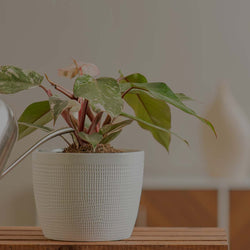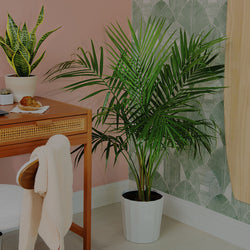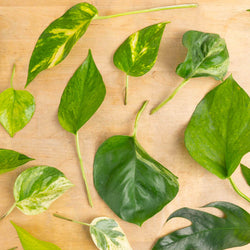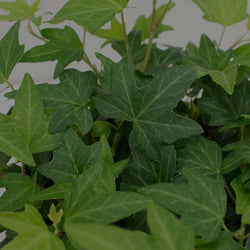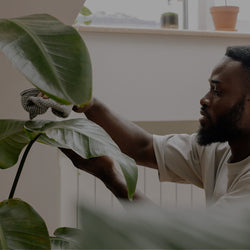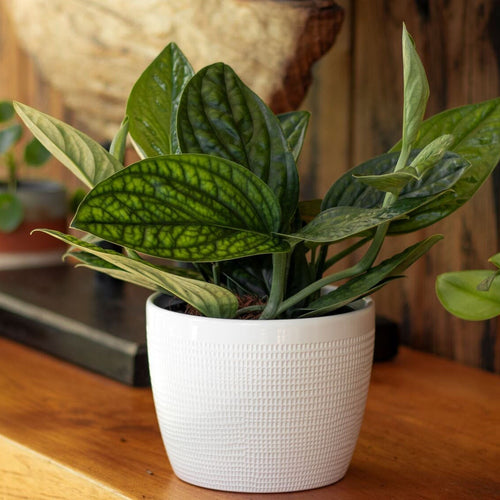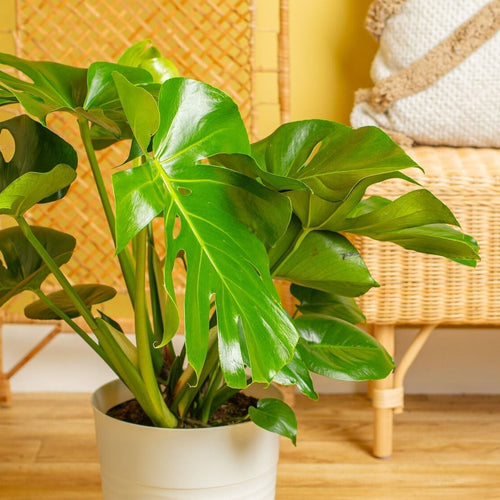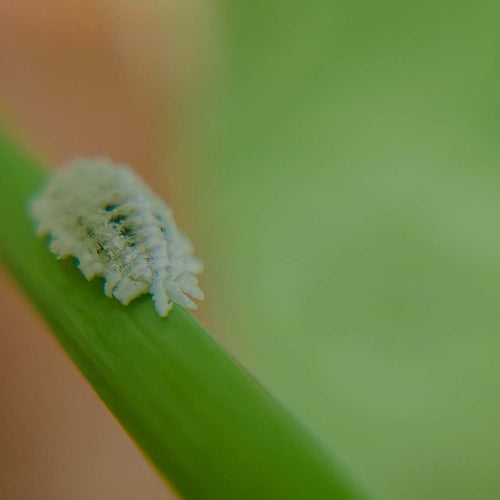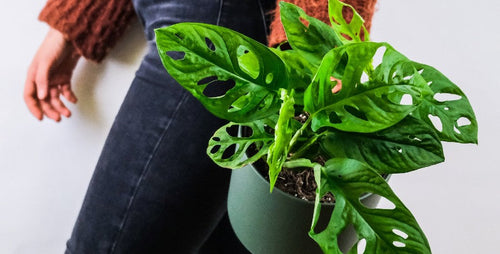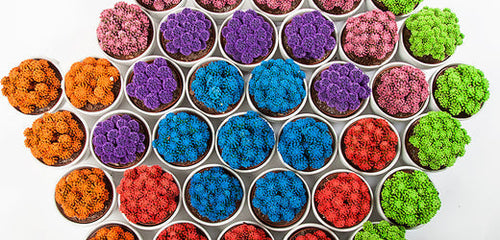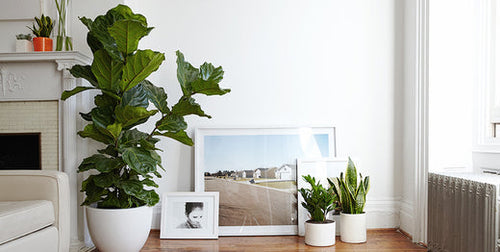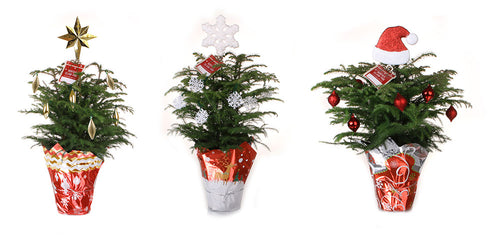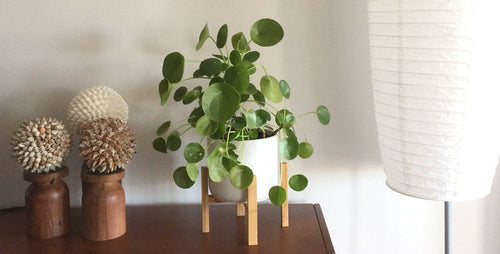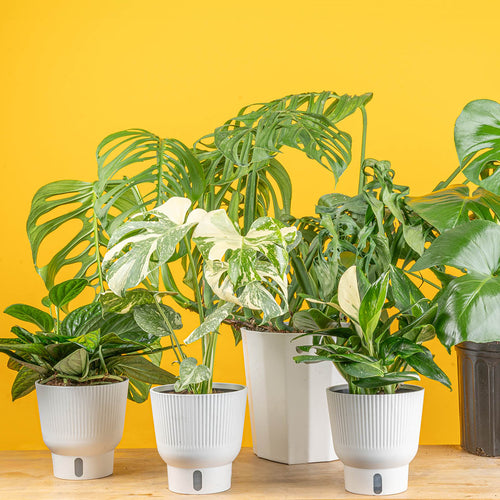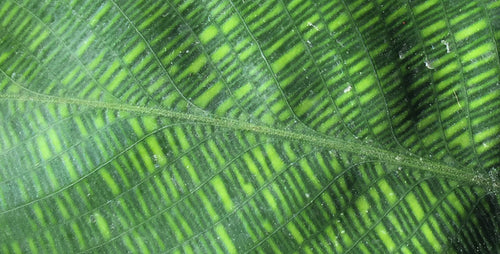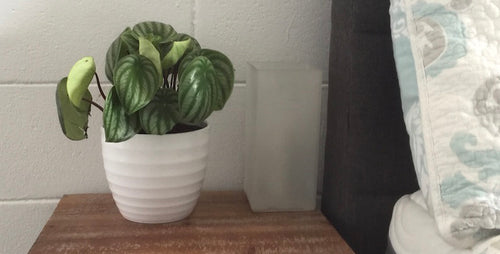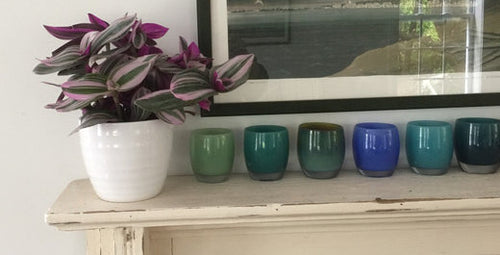Looking for the perfect houseplant? The Philodendron genus is a wonderfully diverse group of plants. It offers a lot of diversity of indoor Philodendrons for your home. From tried-and-true favorites to brand-new varieties, there's a type of Philodendron for everyone. Many are forgiving of a wide range of conditions indoors, making them fantastic houseplants for beginners.
Philodendrons are about as popular as they are diverse. There’s an almost dizzying number of Philodendron varieties available with new ones being released every year. We’ll help you pick the best Philodendron houseplants for your home.
We’ll divided this guide to look at our different kinds of Philodendrons by:
- Light needs
- Water needs
- Temperature and humidity needs
- Growth habit
- Plant size
- Leaf texture
- Variegation
Philodendron Light Requirements
Philodendrons for Bright Light
If you have a bright spot you can enjoy pretty much any of these varieties. Look for one within about 3 feet or so of a good-sized, unobstructed east-, west-, or south-facing window. They all thrive in bright light. They don’t need the sun to thrive. Most do equally well under artificial light (such as bright LEDs) as they do in a window.
Understanding Philodendron light requirements is key to keeping your plant happy and healthy, no matter what kind of Philodendron you grow.
Philodendrons for Low light
If you’re not blessed with a bright spot, you still have some choices. Heartleaf Philodendron, Brasil, and P. selloum tend to hold up better than most in lower light levels.
Watering Philodendrons
Most types of Philodendron would rather be too dry than too wet—so keep an eye on them if you tend to overwater. (Or look for them in our self-watering system, which, while it keeps the potting mix moist, doesn’t ever keep it too wet.)
Drought-Tolerant Philodendrons
Many thick-leaf Philodendron varieties, including Heartleaf, Brasil, Golden Crocodile, and Ring of Fire are relatively drought tolerant. They'll forgive you if you forget to water them from time to time.
Temperature & Humidity for Philodendrons
Philodendrons are mostly native to tropical rainforests of Central and South America. As such, they're used to warm, humid environments. Happily, they all do well in average household temperatures (between 65 and 85F). They tolerate warmer weather so you can bring them outside for the summer without worry, even if there’s a heatwave forecast.
Most Philodendron varieties tolerate average household humidity levels (between 40 and 60 percent) if they get enough water. You can sometimes see leaf edges go brown as crispy when they’re dry and humidity levels drop below 40 percent.
Philodendron Growth Habits: Vining vs. Self-Heading
Philodendrons come in two main growth forms, vining and self-heading varieties.
Vining Philodendrons are climbers. They look and grow best when given a support to grow up as they mature. Our vining kinds of Philodendrons include Philodendron brandtianum, Philodendron grazielae, Philodendron tortum, Heartleaf, Brasil, Painted Lady, Pink Princess, and White Knight.
You can allow thin-stem Philodendron varieties trail, rather than climb. P. brandtianum, Heartleaf, and Brasil are the best choices as trailing houseplants.
Self-heading Philodendron varieties are self-supporting and grow upright, rather than climbing. Our self-heading varieties include Birkin, Jungle Boogie, Golden Crocodile, Moonlight, Prince of Orange, Red Cardinal, Ring of Fire, Xanadu, and Philodendron selloum.
Choosing the Right Size Philodendron for Your Space
Some self-heading types of Philodendron grow relatively slowly and stay more compact than others.
Compact Philodendrons for Small Spaces
If you’re looking for a Philodendron that won’t get huge, consider Birkin, Moonlight, Prince of Orange, or Red Cardinal.
Big, Bold Philodendrons for Large Spaces
If you have plenty of room to show off a large Philodendron, P. selloum forms a trunk as it grows and, if you have good conditions for it, can get more than 6 feet tall inside with leaves to 18 inches long or more. If you don’t prune them, Heartleaf Philodendron, Brasil, Painted Lady, and tortum can all climb to 6 feet or more.
Explore Variegated Philodendrons
If you’re looking for leaves that bear multicolor hues—whether it’s different shades of green or contrasting colors like white, pink, or yellow—you have some really delightful choices.
Variegated Philodendrons
Birkin, brandtianum, Brasil, Painted Lady, Pink Princess, Ring of Fire, and White Knight all feature leaves streaked, splashed, or otherwise marked with color.
Green Philodendrons
P. grazielae, Green Congo, Heartleaf, Jungle Boogie, selloum, tortum, and Xanadu all feature lush, dark green foliage that gives your space a classic look.
Color-changing varieties
A few put on a show with new growth that emerges in one color before slowly maturing to dark green. These shifting varieties show best color in bright light and include Moonlight, Prince of Orange, Rojo Congo, and Red Cardinal.
Philodendron Leaf Texture
It’s often overlooked when styling your plants, but leaf texture can make a big impact on your space.
Fine-Textured Philodendrons
Lacy leaves can help create a distinctive look and make a dramatic contrast against more traditional broad-leaf houseplants like Dieffenbachia, Peace Lily, and Rubber Tree. Fine-texture Philodendrons include P. selloum, tortum, Xanadu, Golden Crocodile, and Ring of Fire.
Coarse-Textured Philodendrons
Coarse-textured types of Philodendron include Birkin, Brasil, Heartleaf, Moonlight, Pink Princess, Prince of Orange, Red Cardinal, Rojo Congo, and White Knight.
Written by Justin Hancock
